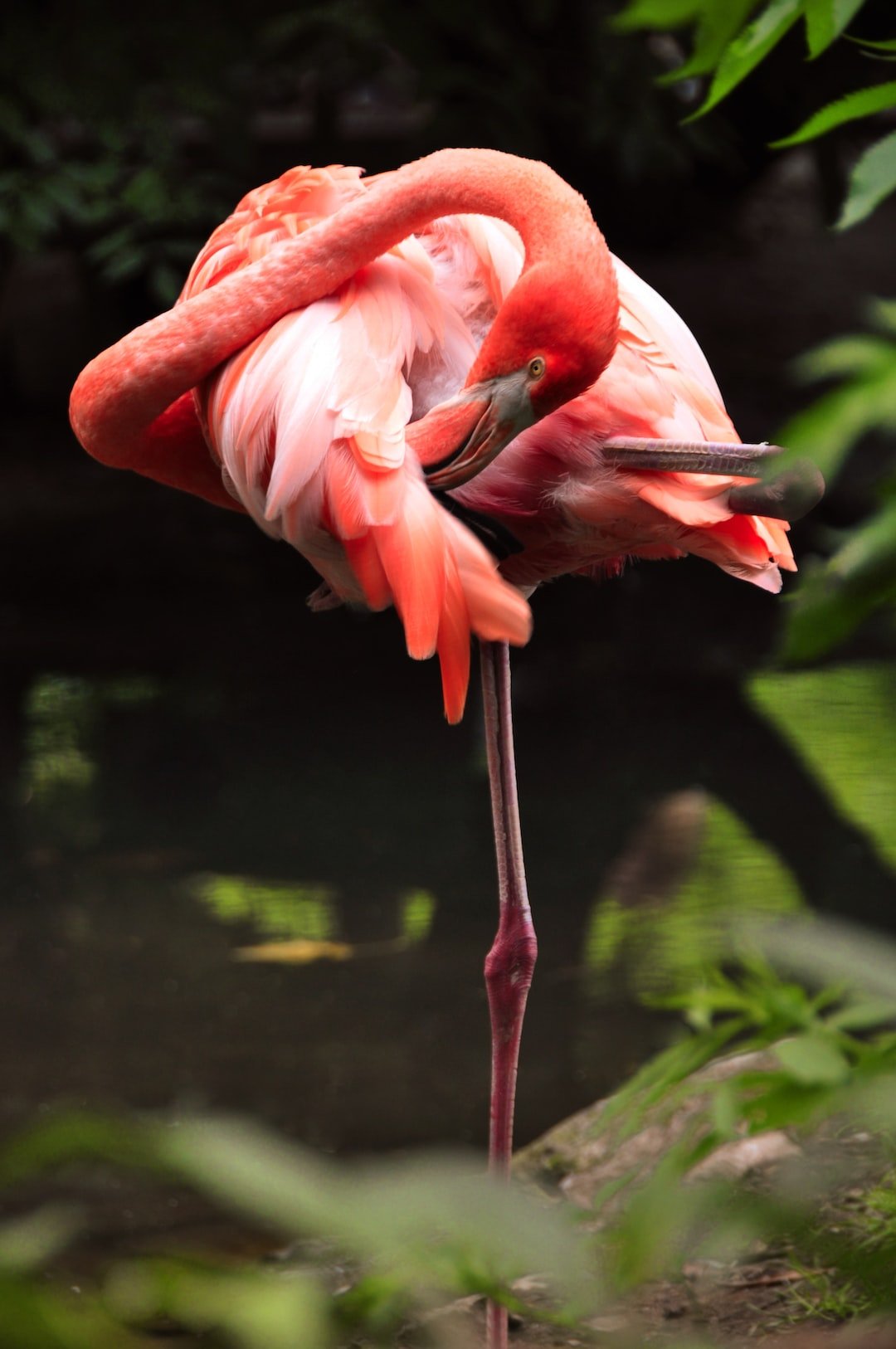The Incredible Adaptations of Animals to Their Environments
The natural world is filled with breathtaking examples of adaptation, where animals have evolved intricate and awe-inspiring features that allow them to thrive in their specific environments. From the icy cold Arctic to the scorching hot deserts, these adaptations are a testament to the remarkable diversity of life on Earth.
One of nature’s most astonishing adaptations can be seen in the Arctic region, where polar bears call home. These magnificent creatures have evolved an array of characteristics that allow them to survive in the harsh, icy conditions. One such feature is their thick fur, which serves as insulation against the frigid temperatures. The polar bear’s fur is so efficient at trapping heat that it appears white, a perfect camouflage against the snow. Not only that, but the bears also have a thick layer of blubber, which provides additional insulation and acts as an energy reserve during periods of scarcity.
Moving to a completely different environment, we find the desert, where survival is equally challenging. The camel, aptly called the “ship of the desert,” has evolved an impressive set of adaptations to thrive in these arid conditions. Its hump, contrary to popular belief, does not store water but fat. This fat acts as a reservoir, providing the camel with energy when food and water are scarce. Camels also have unique blood cells that enable them to retain water and prevent dehydration. Their long legs and wide, cushioned feet help them navigate the sandy terrain, while their nostrils can tightly close to keep out the abrasive dust.
Underwater lies a realm of countless incredible adaptations as well. Take, for instance, the anglerfish, a creature that lives in the deepest, darkest parts of the ocean. This fierce predator has a long, slender appendage on its head that emits a bioluminescent light. Acting as a lure, the light attracts unsuspecting prey towards the anglerfish’s sharp teeth. Additionally, female anglerfish possess a specialized adaptation known as “sexual parasitism.” Males are much smaller and latch onto a female’s body, essentially becoming a permanent parasite, providing sperm whenever she is ready to reproduce.
Even the smallest creatures can exhibit jaw-dropping adaptations. The gecko, a tiny lizard, has the remarkable ability to climb vertical surfaces. This is made possible by thousands of tiny, hair-like structures on their feet known as setae. These setae create an attractive force called the Van der Waals force, allowing the gecko to effortlessly stick to walls and ceilings. Scientists have been studying these setae in the hope of developing technologies that would allow humans to do the same.
In conclusion, the incredible adaptations of animals to their environments are a testament to the wonders of nature. From the polar bear’s insulation to the camel’s water-saving abilities, and from the anglerfish’s lure to the gecko’s climbing prowess, each adaptation is a testament to the ingenuity and resilience of the animal kingdom. These adaptations not only allow animals to survive but also thrive in some of the most challenging habitats on Earth. As we continue to explore and appreciate the natural world, we must remember the importance of preserving these environments and the remarkable creatures that call them home.

